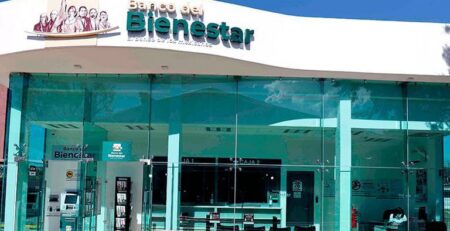US. Pension Funds Would Be Well-Advised to Reduce Risk
Municipal pension plans are in a tough spot. They have trillions of dollars in unfunded liabilities, interest rates are low, and we’re coming up on the ninth consecutive year of stock market gains in the U.S. Municipalities are going to have a hard time balancing their need to take risk against their reluctance to do so in this environment.
The largest U.S. pension fund is considering making a change by reducing equity risk in its portfolio. The California Public Employees’ Retirement System, or Calpers, is in discussions to slash its stock market allocation and more than double bond holdings to 44 percent of assets, a huge change from the current policy.
Calpers said it reviews these types of asset allocation changes every four years and hasn’t made any concrete decisions yet. If it chooses to reduce risk in this fashion it may be making a wise decision, even though institutional investors don’t have a history of timing the markets very well.
A study by Andrew Ang, Amit Goyal and Antii Ilmanen looked at the asset allocation habits of almost 600 large pension plans, with an average fund size of $10 billion, from 1990 to 2011. The authors discovered that these funds allowed equity allocations to drift much higher when markets were rising substantially in the dot-com bubble of the late 1990s, leaving the funds overweight to their target allocation policies. So when the market crashed they were overexposed to stocks based on their targeted asset mix. And after the financial crisis in 2008 and early-2009, these funds became underweight stocks because of the crash. The problem is they never rebalanced out of bonds and into stocks, so they kept a low equity exposure and missed the recovery. To stay within their stated policies, these funds should have been trimming stocks in the 1990s and buying during the crisis, but instead they simply allowed market forces to take over, missing an opportunity to both profit and manage risk.
Read more @Bloomberg










